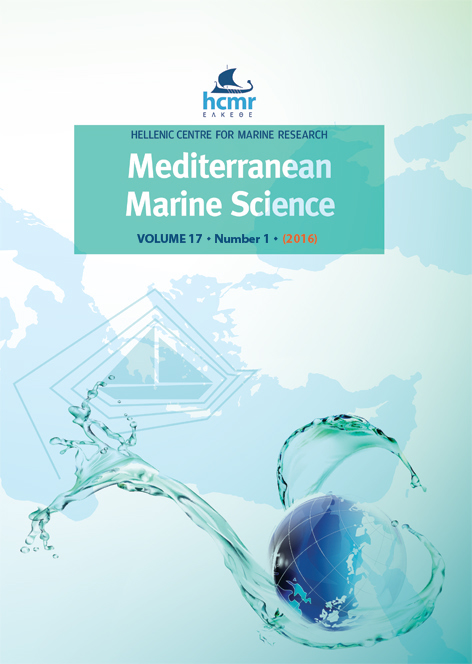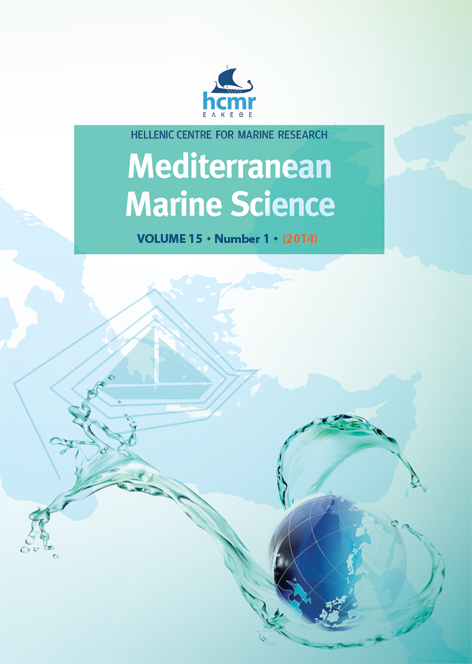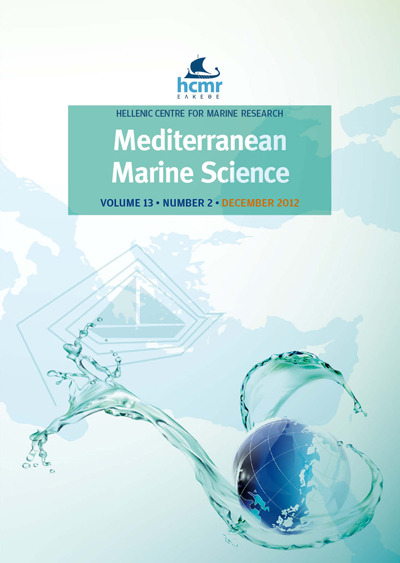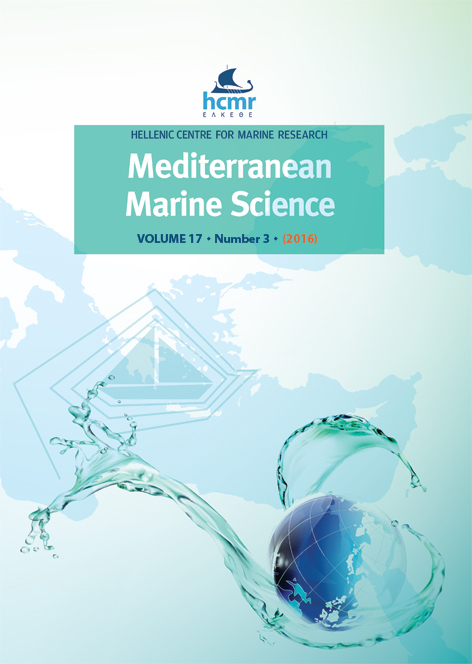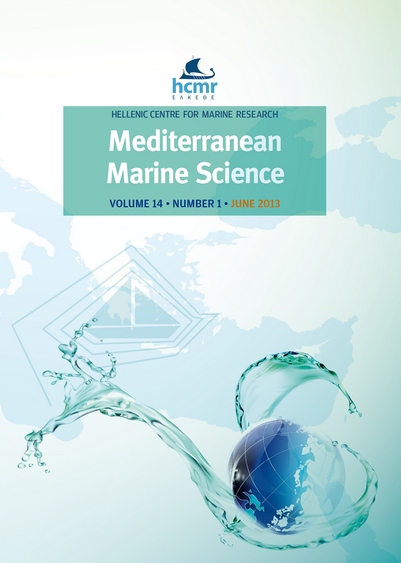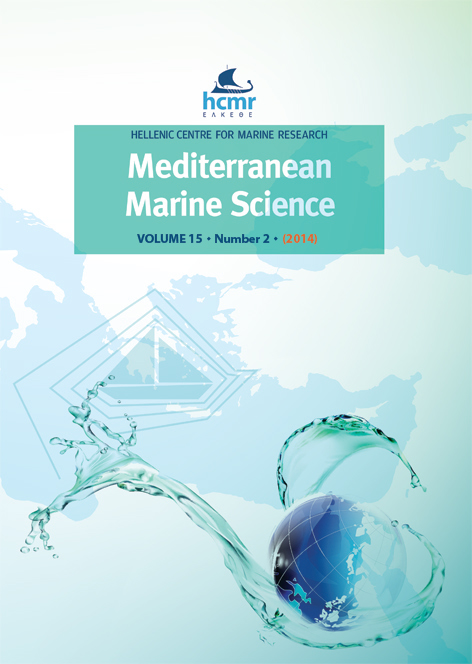Developing policy-relevant river fish monitoring in Greece: Insights from a nation-wide survey
Abstract
A wide-ranging river fish survey was executed in the summer of 2009 as part of the preparatory actions for the establishment of a monitoring programme for the EU Water Framework Directive (WFD). This was the first extensive electrofishing campaign for WFD standardized bioassessment in Greece and the experience and insights gained are used here to provide a review of fish-based assessment conditions and requirements in this country. The survey sampled 85 sites on 25 rivers throughout mainland Greece, collecting 70 species of freshwater fish. Quantitative site-based assemblage data is used for taxonomic and ordination analyses revealing a strong biogeographic regionalization in the distribution of the ichthyofauna. The structural and spatial organisation of the fish fauna through the use of species-level and community-level data analyses is explored in three ecoregions where data was deemed sufficient. Transitions in community taxonomic composition among ecoregions were abrupt and concordant with geographical barriers and reflect the influence of historical biogeographic processes. Community-based analysis revealed a substantial degree of variation in quantitative attributes of the fish assemblages among ecoregions. Key conclusions of this work are: (a) the fish-based bioassessment system must be regionalised to reflect biogeographic variation, (b) high faunal heterogeneity among ecoregions (taxonomic, structural), and to a lower degree among basins, constrain the transferability of bioassessment metrics and indices created for explicit regions to other regional frameworks; (c) faunal depauperation in most of the study areas reduce the utility of functional bioassessment metrics and also limits the utilization of rare species and the applicability of the classical form of the “Index of Biotic Integrity” concept. Recommendations to cope with these problems are discussed.
Article Details
- Zitationsvorschlag
-
ECONOMOU, A. N., ZOGARIS, S., VARDAKAS, L., KOUTSIKOS, N., CHATZINIKOLAOU, Y., KOMMATAS, D., KAPAKOS, Y., GIAKOUMI, S., OIKONOMOU, E., & TACHOS, V. (2016). Developing policy-relevant river fish monitoring in Greece: Insights from a nation-wide survey. Mediterranean Marine Science, 17(1), 302–322. https://doi.org/10.12681/mms.1585
- Ausgabe
- Bd. 17 Nr. 1 (2016)
- Rubrik
- Research Article
Authors who publish with this journal agree to the following terms:
- Authors retain copyright and grant the journal right of first publication with the work simultaneously licensed under a Creative Commons Attribution Non-Commercial License that allows others to share the work with an acknowledgement of the work's authorship and initial publication in this journal.
- Authors are able to enter into separate, additional contractual arrangements for the non-exclusive distribution of the journal's published version of the work (e.g. post it to an institutional repository or publish it in a book), with an acknowledgement of its initial publication in this journal.
- Authors are permitted and encouraged to post their work online (preferably in institutional repositories or on their website) prior to and during the submission process, as it can lead to productive exchanges, as well as earlier and greater citation of published work (See The Effect of Open Access).

